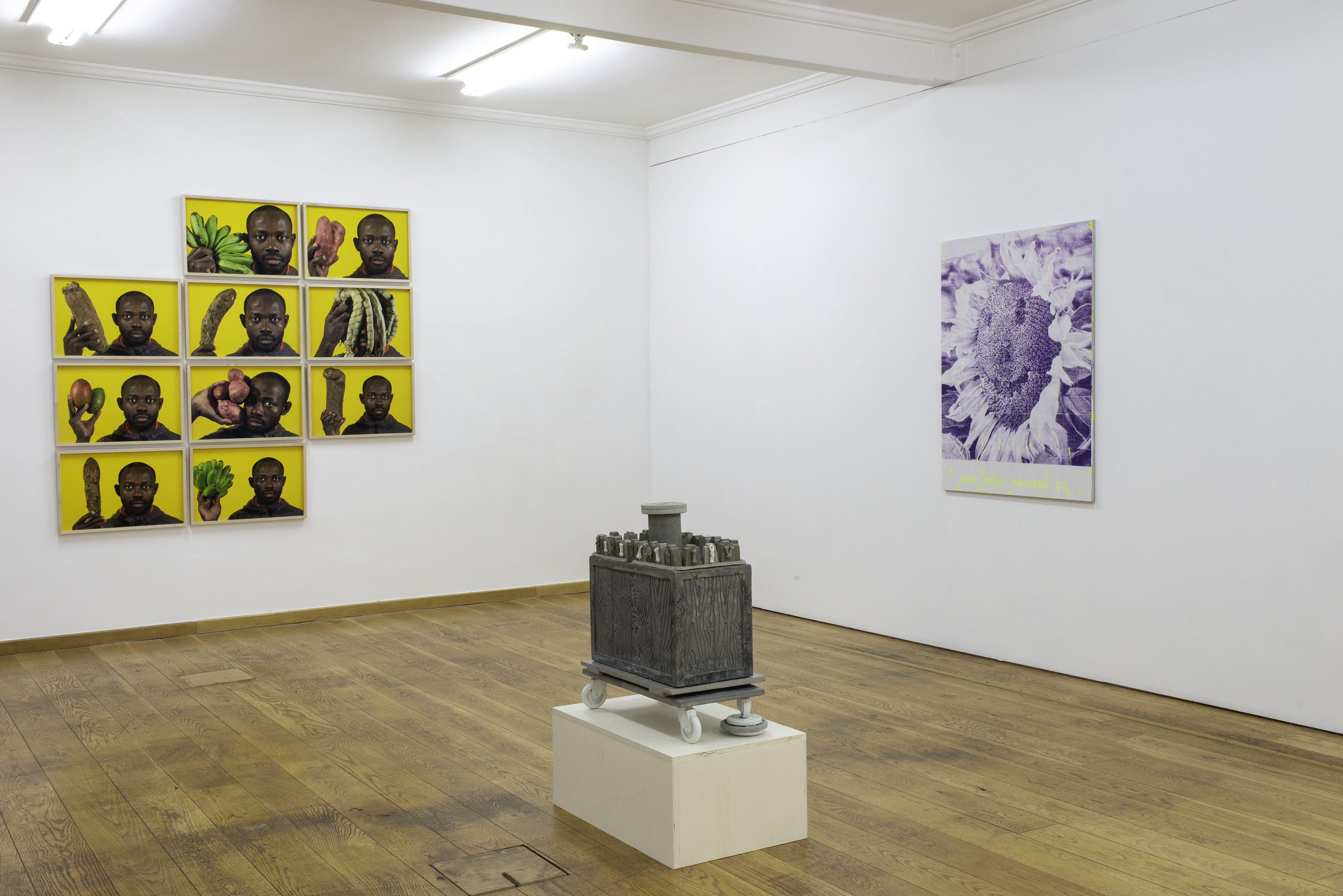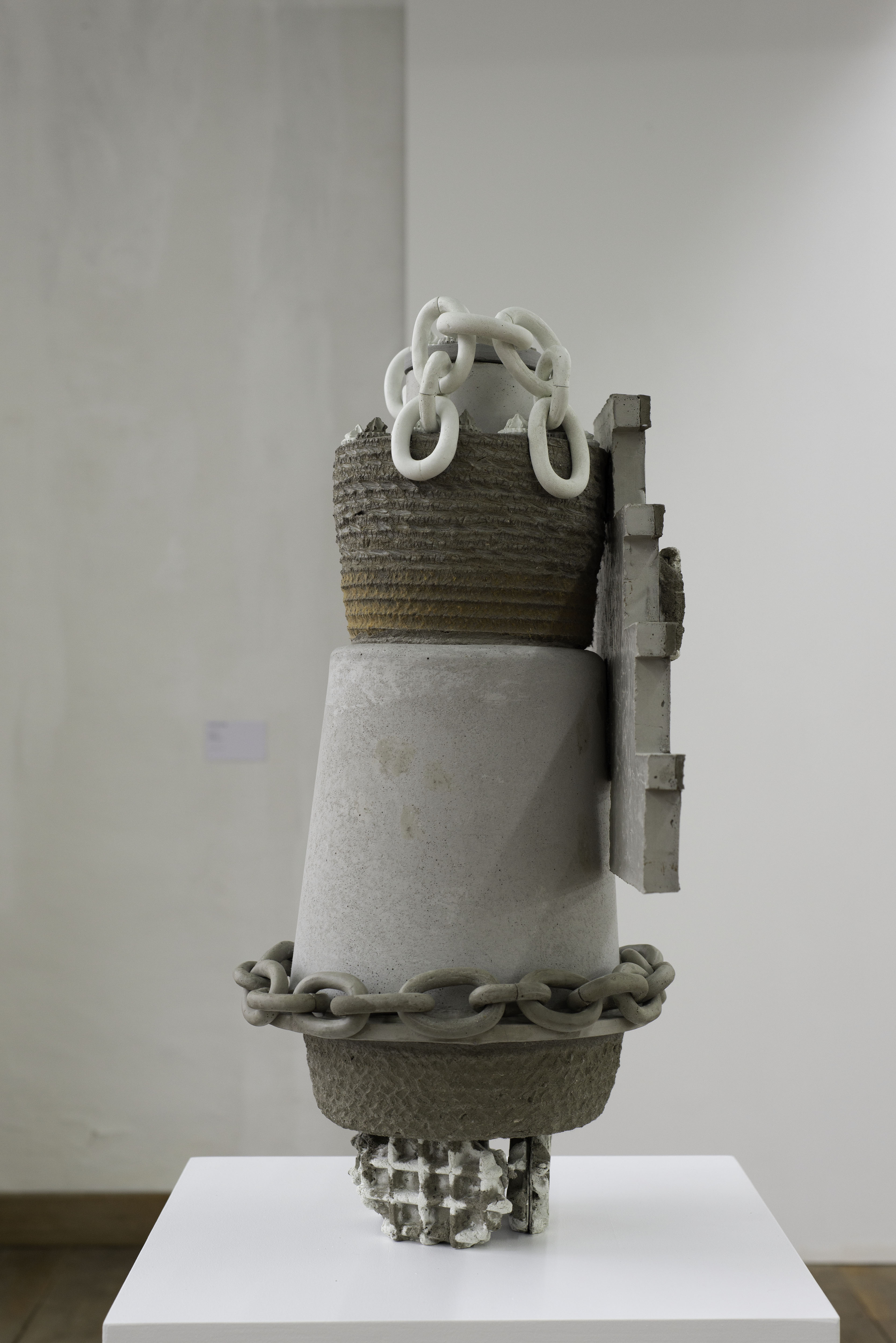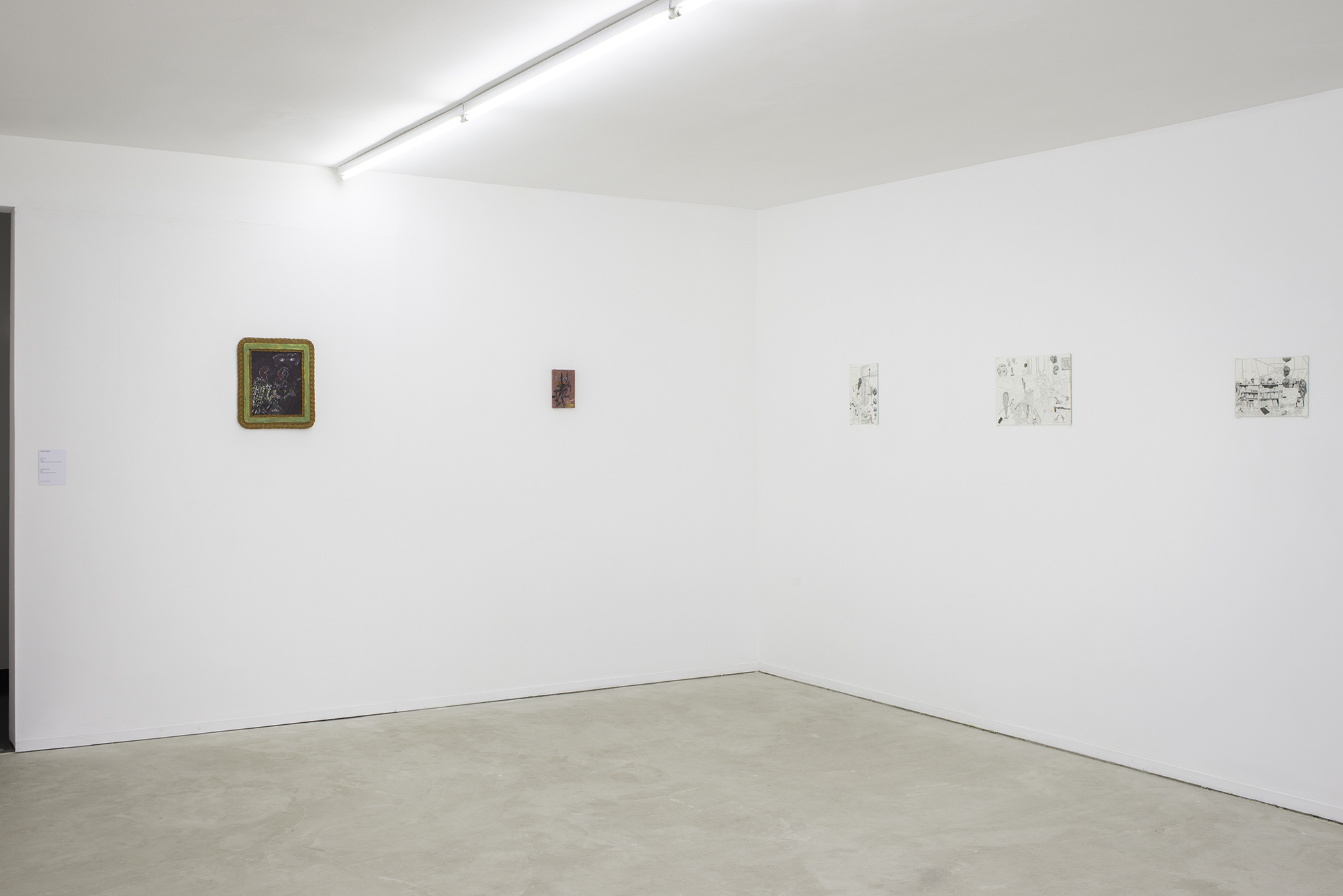February 18 to April 16, 2023, Emergent, Veurne
What do you do as an established artist when you have the opportunity to organize a major solo exhibition, while in these singular times so many young colleagues are struggling to find some visibility? Marcel Berlanger did not hesitate long about the answer: he decided to invite a group of artists he loved and admired - most of whom were considerably younger than himself - to exhibit together with him. There was no rigid theme imposed, no known guest curator: the artists simply got together and discussed their respective works. Because when it comes to art - as John Baldessari had already noted - the artists' gaze is absolutely unique: "Nobody looks at art like artists." For his selection of artists, Berlanger based himself on a few specific works in which he recognized common concerns or ways of working. Each artist refers, in his or her own way, and in a subtle manner, to our current time - a time that is, to say the least, peculiar, as it has been intertwined with an epidemic of COVID and a war in Ukraine that has led to a recession and to an energy crisis. While we are all living this turmoil first hand, artists are at the forefront.
With his imposing painting Imperium, Benjamin Installé evokes a reign in decline. The painting starts from the setting up - or rather the dismantling - of an exhibition, but the image makes us think at the same time of the collapse of an empire. Is it the West that is crumbling before our eyes? Victoria Palacios represents a colourful world of harlequins and circus acts. But underneath this gaiety lies a world full of anguish and mystery. The artist does not only use the classic canvas; she also paints on cheap materials such as bread, second-hand books and even "Crocs" clogs. Jan De Nys - the eldest of the group - works with found images and torn down posters to which he gives a new life, a new face. In a surreptitious way, he introduces the roughness of the street into the exhibition space, with a touch of rebellion. Guy Woueté often dwells in his art on labor and rebellion. He examines the alienation to which work can lead - as Marx denounced a century and a half ago - and sees similarities between the expansionism of multinational corporations and the exploitation of the colonial era.
If the work of the artists exhibited reflects - consciously or not - the time of the moment, it also goes further by its original formal language, its thematic choices and its aesthetic formulations. This is particularly true of Marcel Berlanger's paintings, which have something timeless but at the same time idiosyncratic about them, owing to their unconventional support: a fiberglass panel that creates a surprising spatial effect. The work was executed in an almost mechanical manner and the pictorial gesture was deliberately banished. But in these paintings of plants, sunflowers and polar ice caps, the climate in which we live in is again insinuated, almost carelessly, - while being transcended, as it should be in a polysemic art.
Sam Steverlynck

Installation view of «Zindering», Emergent, Veurne, February 2023.

Installation view of «Zindering», Emergent, Veurne, February 2023.

Installation view of «Zindering», Emergent, Veurne, February 2023.

Installation view of «Zindering», Emergent, Veurne, February 2023.

Installation view of «Zindering», Emergent, Veurne, February 2023.

Installation view of «Zindering», Emergent, Veurne, February 2023.

Installation view of «Zindering», Emergent, Veurne, February 2023.

Installation view of «Zindering», Emergent, Veurne, February 2023.

Installation view of «Zindering», Emergent, Veurne, February 2023.

Installation view of «Zindering», Emergent, Veurne, February 2023.

Installation view of «Zindering», Emergent, Veurne, February 2023.

Installation view of «Zindering», Emergent, Veurne, February 2023.

Installation view of «Zindering», Emergent, Veurne, February 2023.
Photos: Chantal Van Rijt